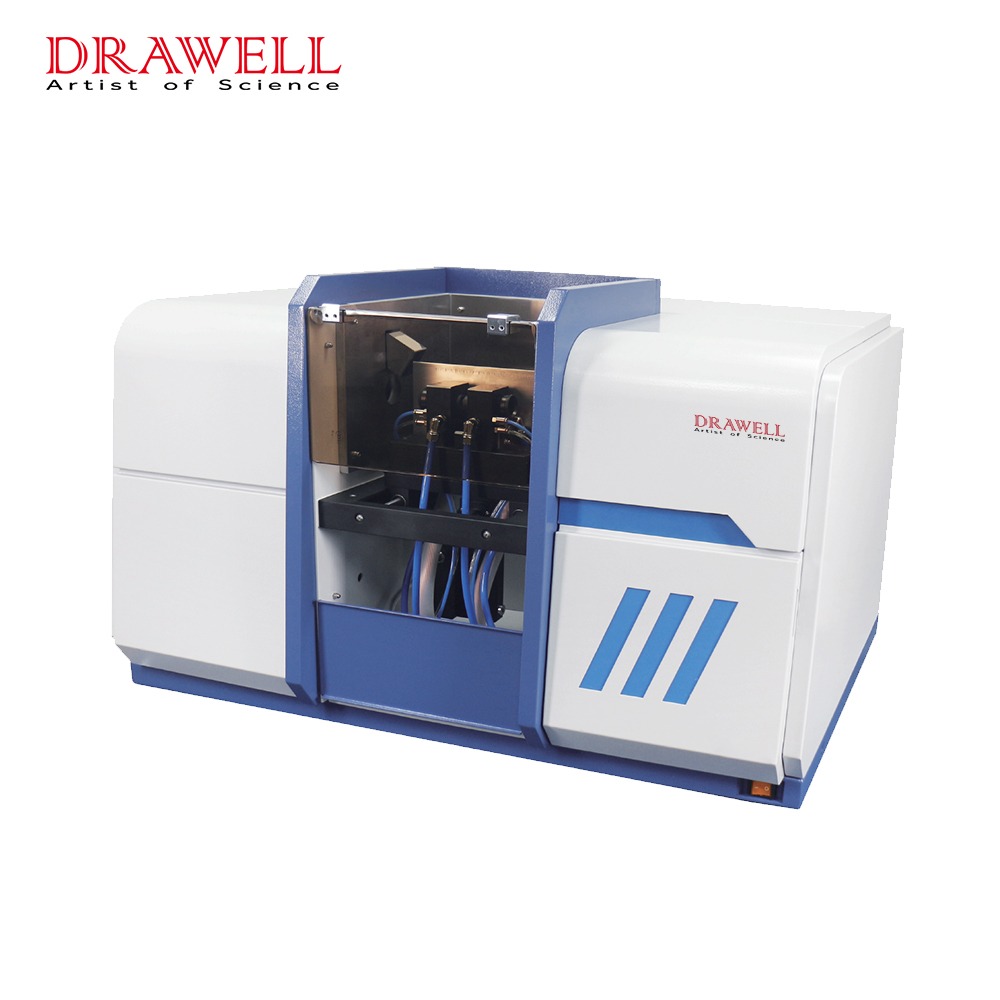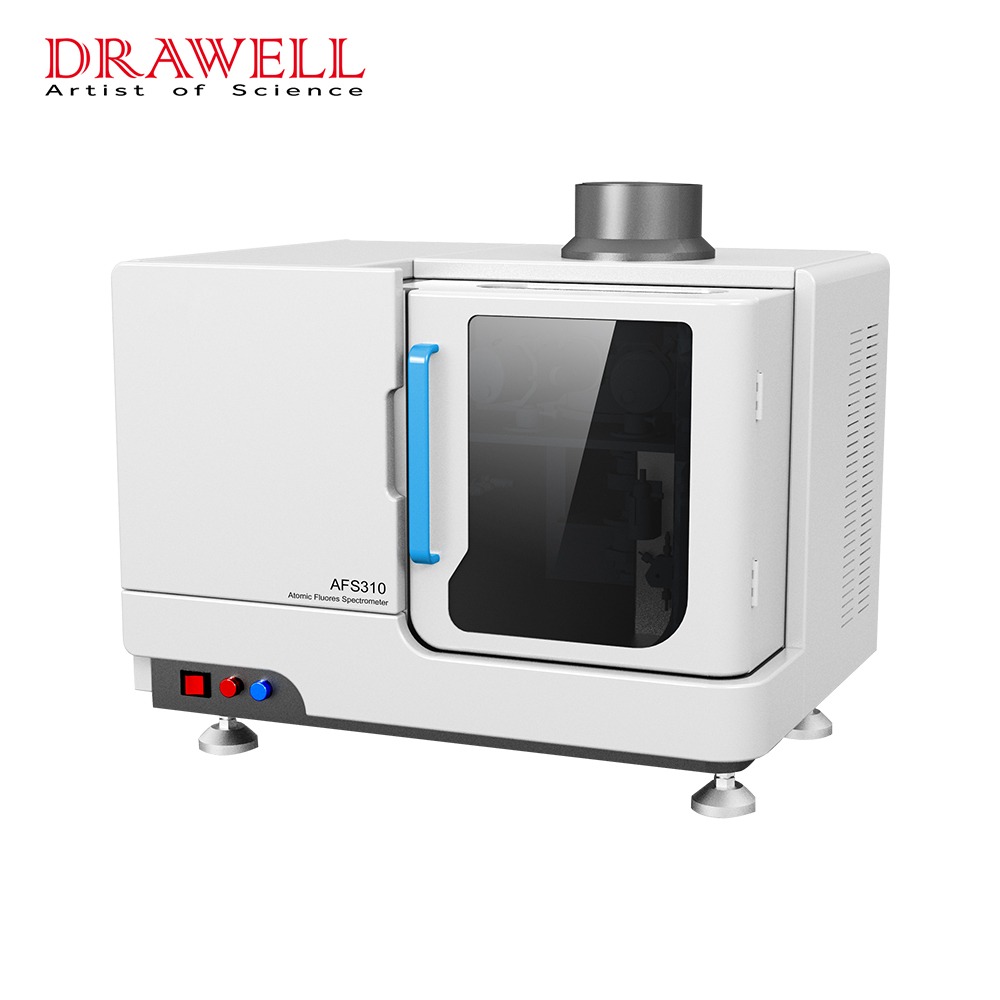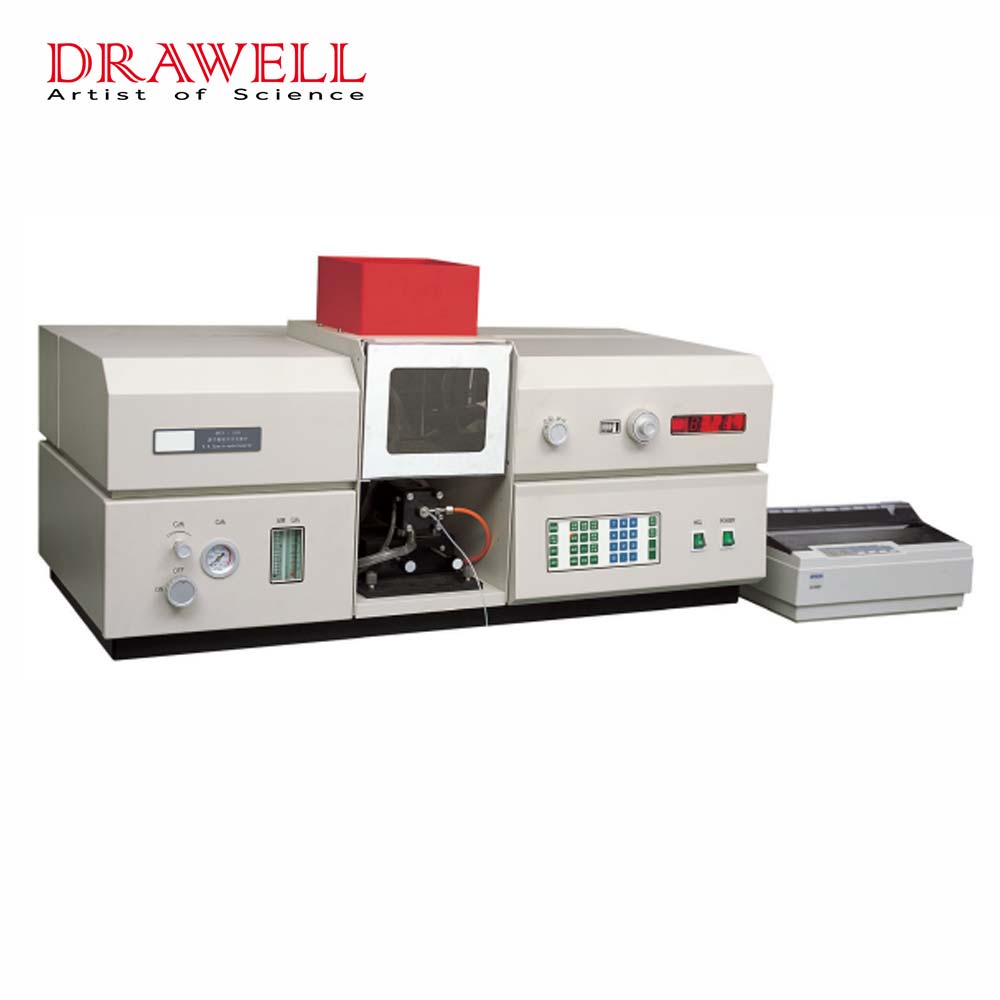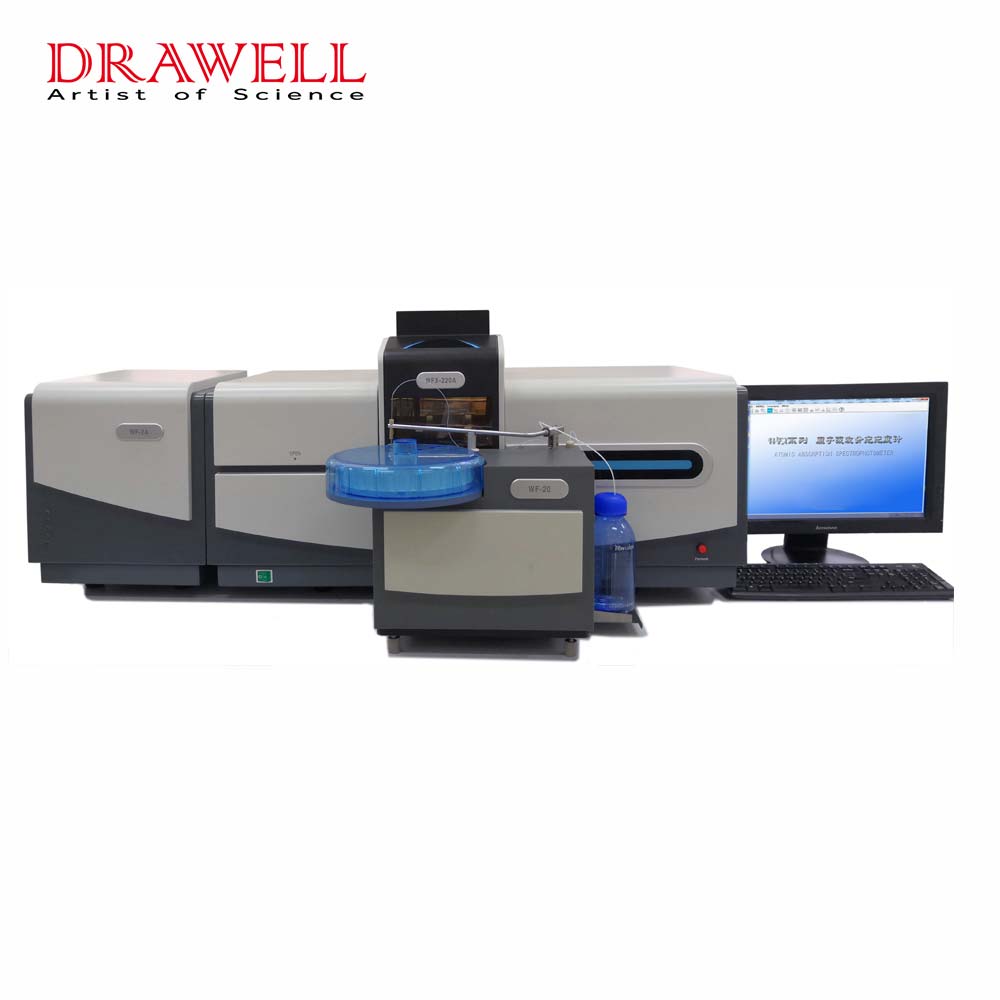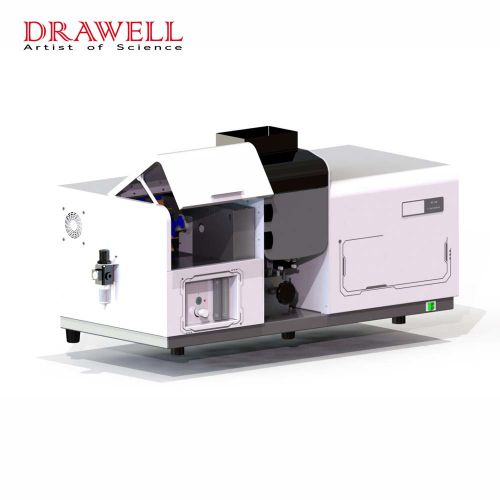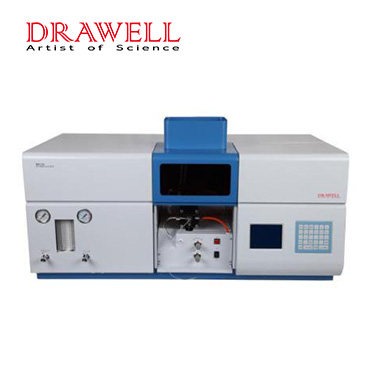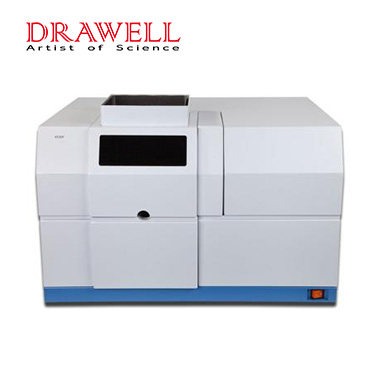The accuracy and sensitivity of Atomic Absorption Spectroscopy (AAS) depend significantly on the light source used, which excites the atoms in the sample to absorb light at specific wavelengths. Traditionally, AAS systems have relied on hollow cathode lamps (HCLs) as the primary light source. However, advancements in technology and the need for better performance have led to the exploration of alternative light sources. These alternatives offer improved sensitivity, stability, and versatility, making them attractive options for modern AAS systems.
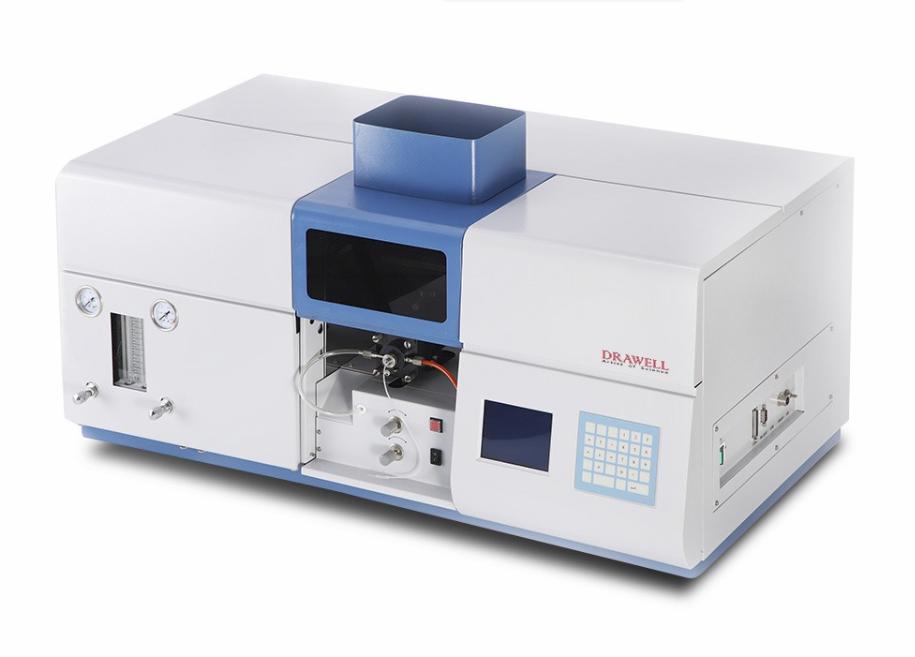
The Critical Role of Light Sources in AAS
This chart emphasizes how crucial the selection and performance of light sources are to the overall effectiveness and reliability of Atomic Absorption Spectroscopy.
| Aspect | Role of Light Sources |
| Element-Specific Analysis | Provides element-specific wavelengths for accurate measurement of specific elements in a sample. |
| Sensitivity and Accuracy | Determines the detection limits and accuracy of the AAS method by providing stable and intense light. |
| Resolution and Precision | Affects the spectral resolution and precision of the analysis by offering narrow bandwidths of light. |
| Calibration and Stability | Ensures consistency in measurements, enabling reliable calibration and long-term stability of the AAS system. |
| Interference Reduction | Minimizes spectral interferences by selecting appropriate wavelengths, leading to clearer results. |
| Instrument Compatibility | Aligns with the spectrometer’s design and capabilities, impacting overall system performance and usability. |
| Cost and Maintenance | Influences the operational costs and maintenance requirements based on the type and durability of the light source used. |
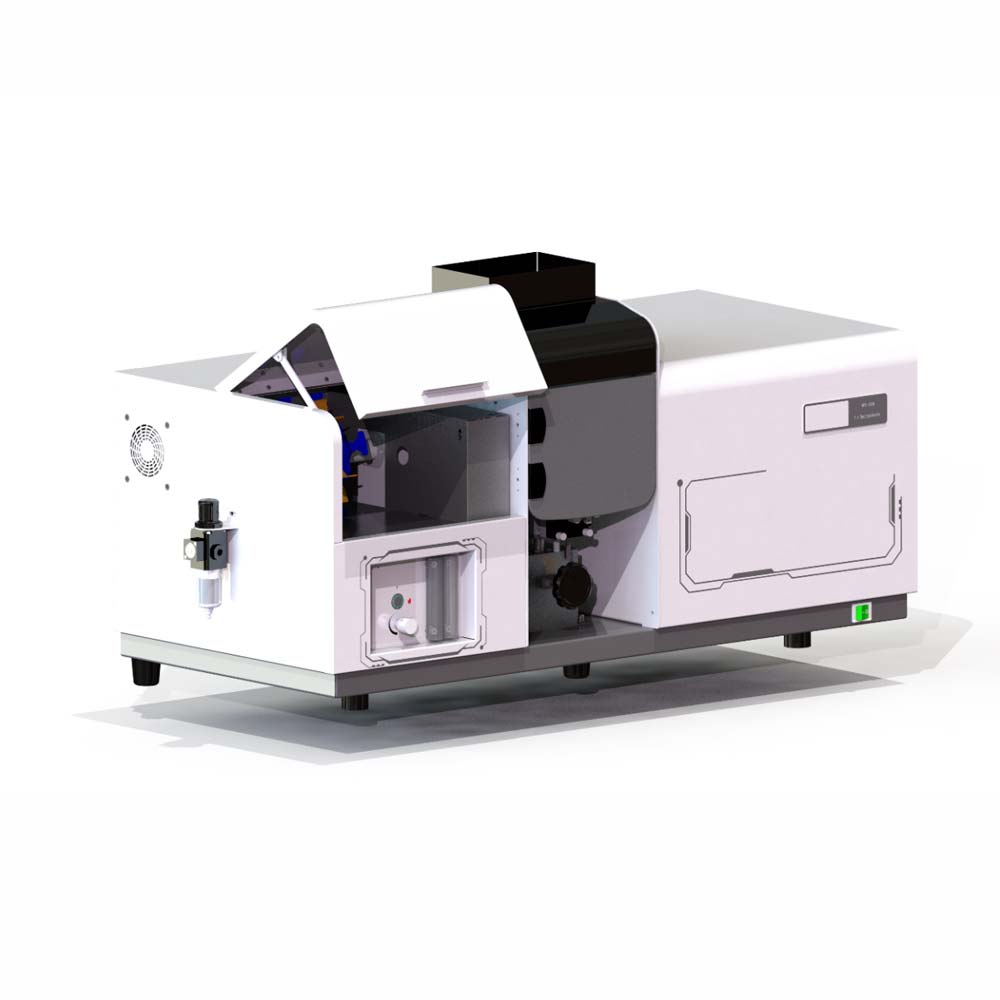
An Overview of Traditional Light Source in AAS System
This chart highlights the key features and role of the Hollow Cathode Lamp as the traditional light source in AAS systems.
| Aspect | Details |
| Light Source | Hollow Cathode Lamp (HCL) |
| Principle of Operation | Inert gas ionization causes cathode material to emit light at element-specific wavelengths. |
| Emission Characteristics | Element-specific, discrete wavelengths corresponding to electronic transitions. |
| Key Advantages | High selectivity, stable output, high sensitivity, long lifespan (thousands of hours). |
| Role in AAS | Provides light for atomic absorption; absorbed light intensity is used to determine element concentration. |
| Limitations | Single-element analysis (requires separate lamps for different elements), intensity decreases with lamp aging. |
| Common Applications | Trace element analysis in environmental, clinical, and industrial samples. |
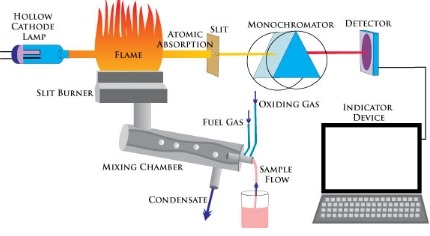
Alternative Light Sources for AAS Systems
1. Electrodeless Discharge Lamps (EDLs)
Electrodeless Discharge Lamps (EDLs) are one of the most common alternatives to traditional HCLs. EDLs use a radiofrequency or microwave energy source to excite the gas inside the lamp, producing a plasma that emits light at specific wavelengths.
- Enhanced Sensitivity: EDLs typically provide higher light intensity than HCLs, leading to better sensitivity and lower detection limits in AAS.
- Longer Lifespan: EDLs generally have a longer operational life than HCLs, reducing the frequency of lamp replacements and lowering maintenance costs.
- Stability: The stable plasma generation in EDLs results in consistent light output, contributing to more reliable and reproducible measurements.
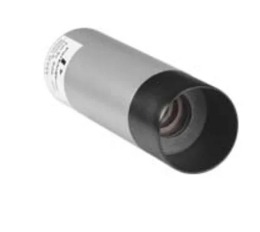
2. Xenon Arc Lamps
Xenon arc lamps are another alternative that has gained attention due to their broad spectral output and high intensity. These lamps produce continuous light across a wide range of wavelengths, making them versatile for multi-element analysis.
- Broad Spectral Range: Xenon arc lamps emit light over a wide range of wavelengths, allowing for the simultaneous detection of multiple elements without changing the light source.
- High Intensity: The intense light output enhances the signal-to-noise ratio, improving the sensitivity of the AAS system.
- Rapid Warm-up: Unlike HCLs, which require a warm-up period, xenon arc lamps achieve full intensity almost immediately, increasing efficiency in high-throughput laboratories.

3. Continuum Source Lamps
Continuum source lamps, such as deuterium or tungsten-halogen lamps, provide continuous emission across a broad spectral range. This characteristic makes them particularly useful in high-resolution AAS systems.
- High Resolution: Continuum source lamps enable high-resolution measurements by allowing the use of monochromators to isolate specific wavelengths. This is particularly beneficial for complex matrices where spectral interference might occur.
- Versatility: With the ability to cover a broad spectral range, continuum source lamps are ideal for multi-element analysis in a single run.
- Improved Accuracy: The continuous spectrum provides better background correction, enhancing the accuracy of measurements.
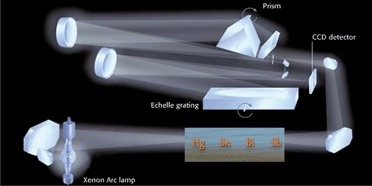
4. Laser-Based Light Sources
Laser-based light sources represent the cutting edge in AAS technology. These sources offer unparalleled precision and control over the wavelength, intensity, and duration of light emission.
- Tunable Wavelengths: Lasers can be precisely tuned to the exact wavelength required for specific element analysis, minimizing interference and improving specificity.
- High Coherence and Intensity: The high coherence and intensity of laser light result in excellent signal-to-noise ratios, making them ideal for detecting trace elements.
- Advanced Applications: Laser-based sources enable advanced techniques such as laser-induced fluorescence (LIF) and laser ablation, expanding the capabilities of traditional AAS.
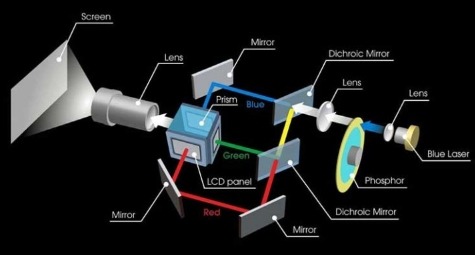
5. LED Light Sources
Light Emitting Diodes (LEDs) are emerging as a cost-effective and energy-efficient alternative to traditional light sources in AAS. LEDs offer several advantages, including long life, low power consumption, and the ability to produce light at specific wavelengths.
- Energy Efficiency: LEDs consume significantly less power than traditional light sources, reducing the operational costs of AAS systems.
- Compact and Durable: The small size and robust nature of LEDs make them ideal for portable AAS instruments and harsh environments.
- Customization: LEDs can be engineered to emit light at specific wavelengths, making them suitable for targeted element analysis.
The exploration of alternative light sources for Atomic Absorption Spectroscopy reflects the ongoing advancements in analytical technologies. Alternative light sources offer significant improvements in sensitivity, stability, and versatility of AAS system and are set to play a crucial role in the future of AAS, enabling laboratories to achieve higher performance in their elemental analysis tasks.

